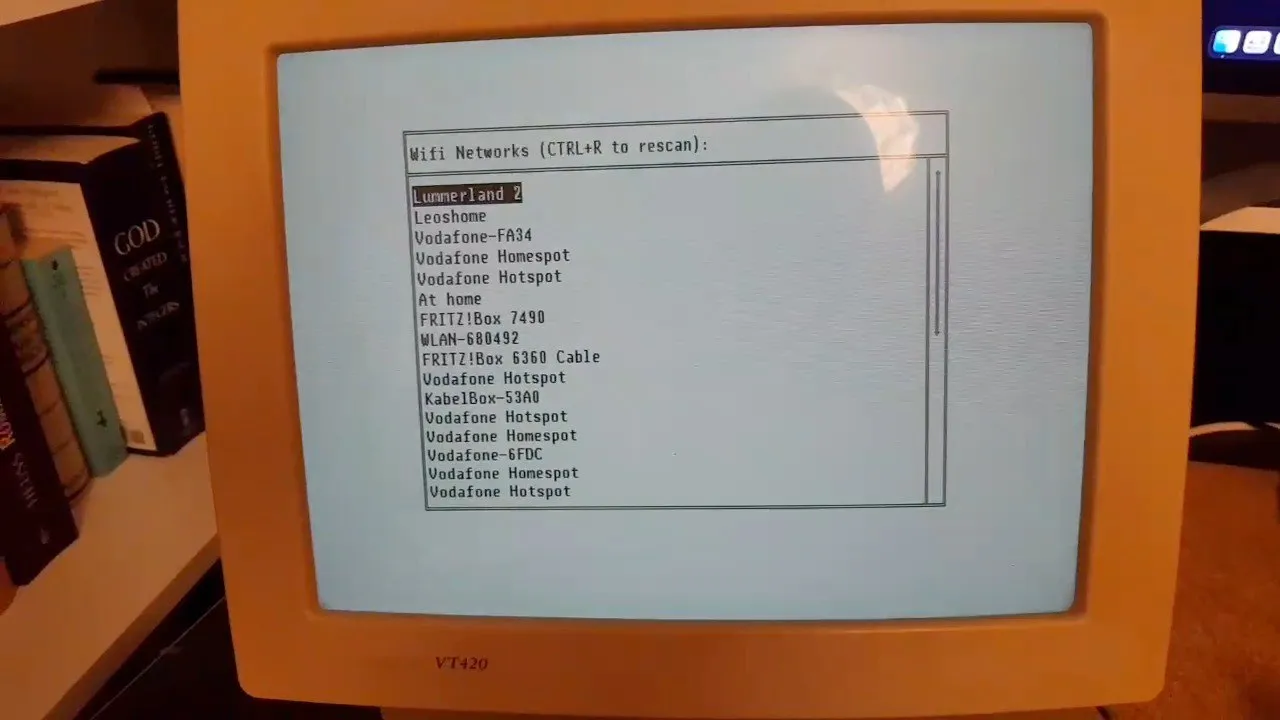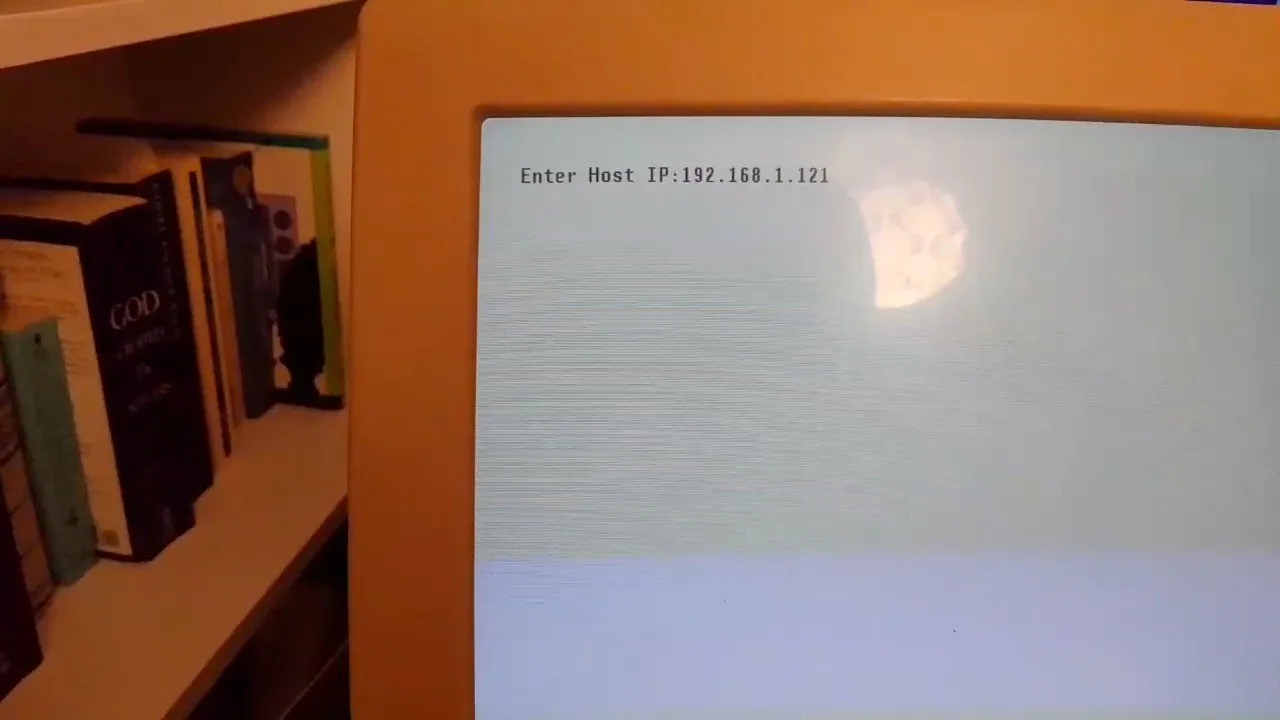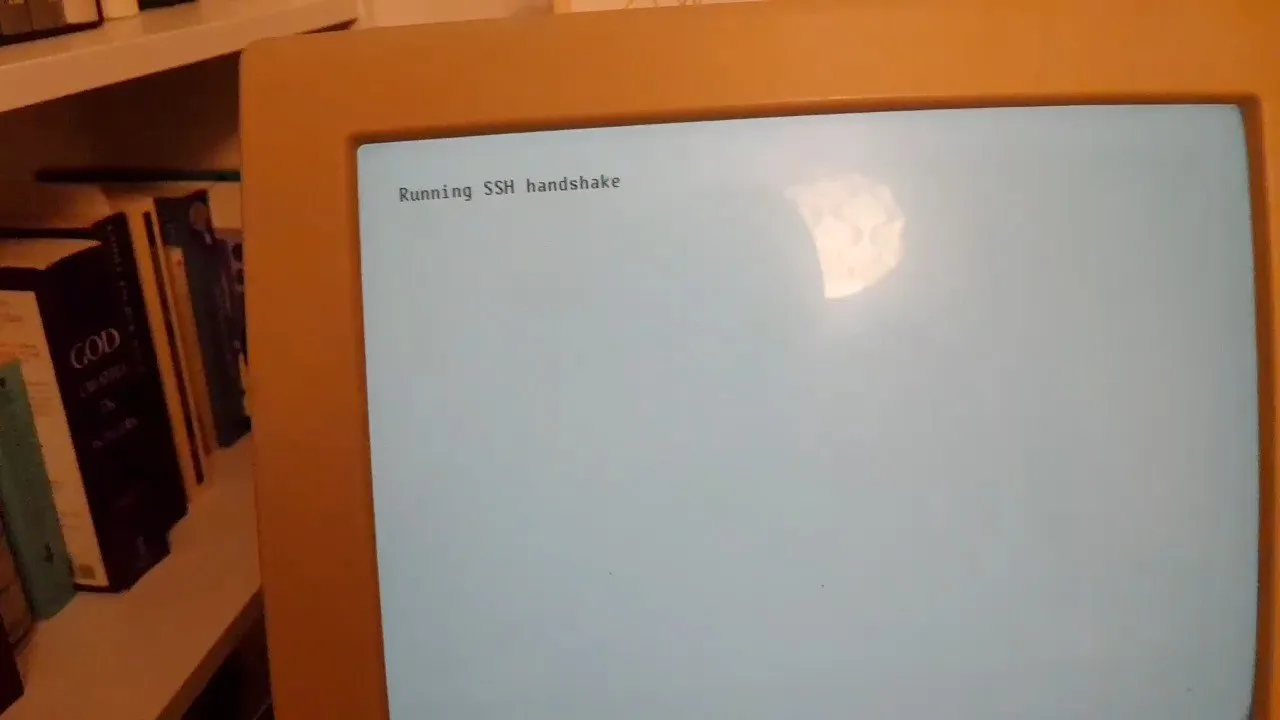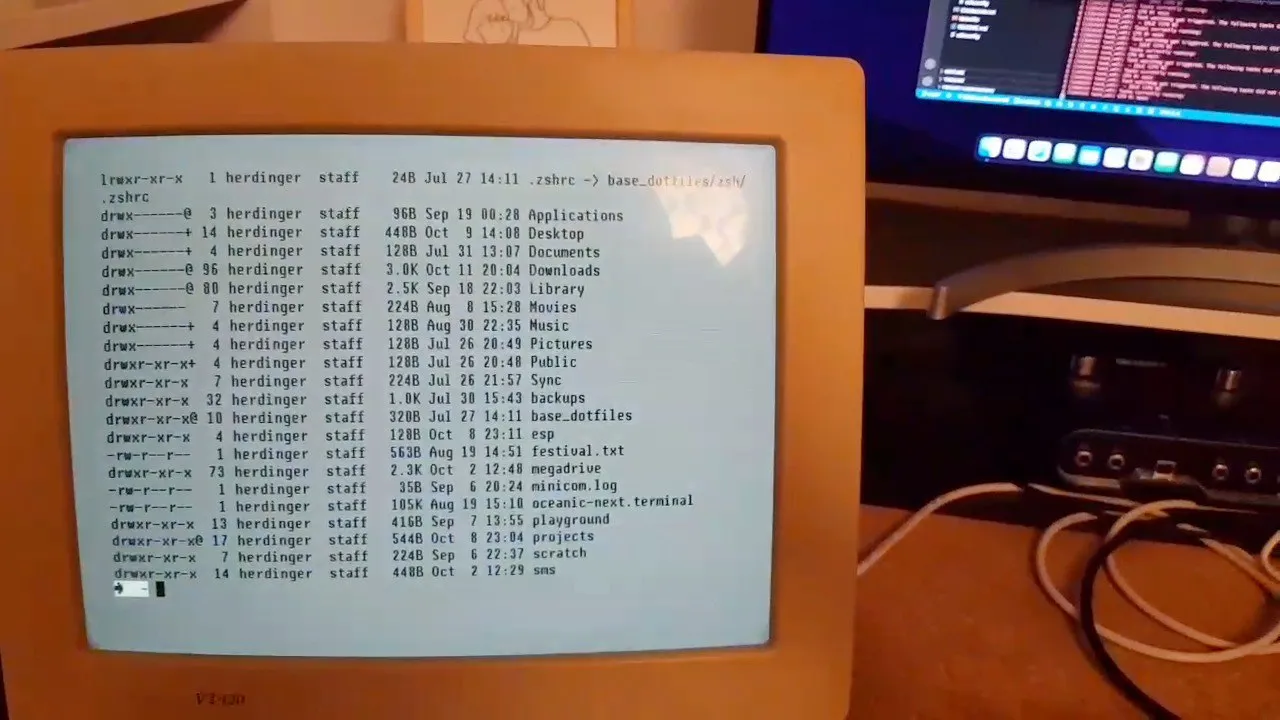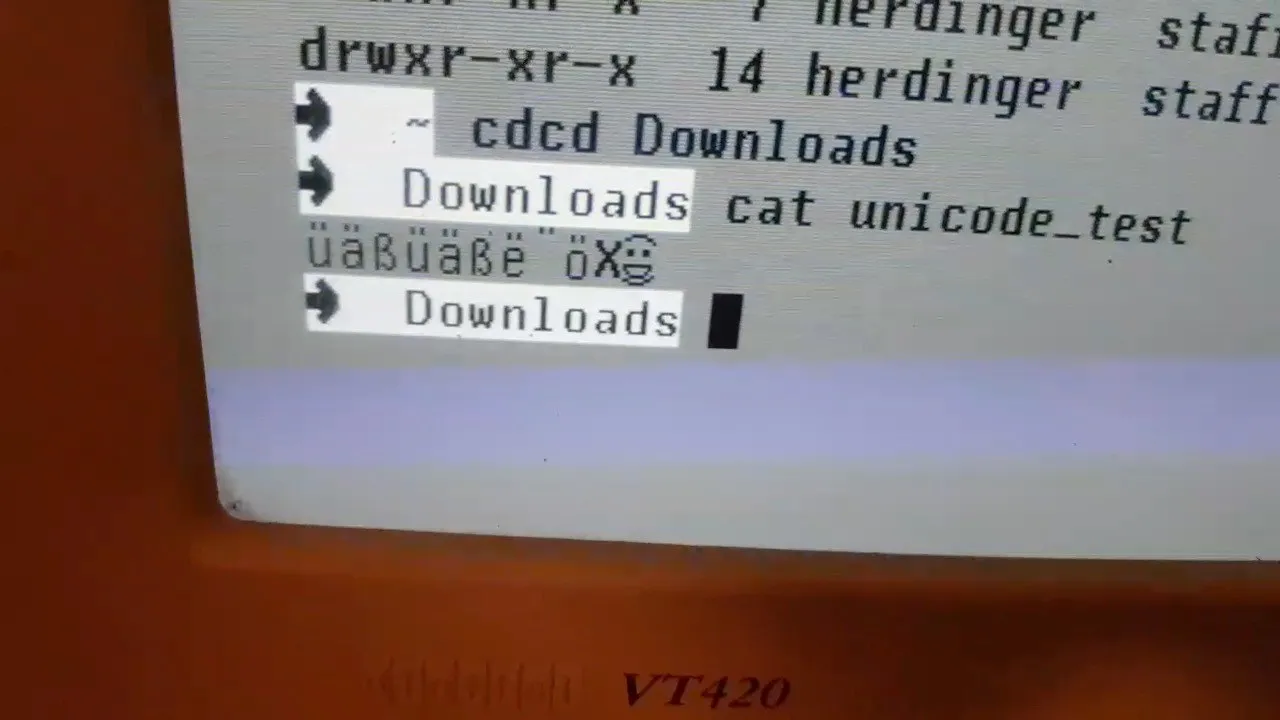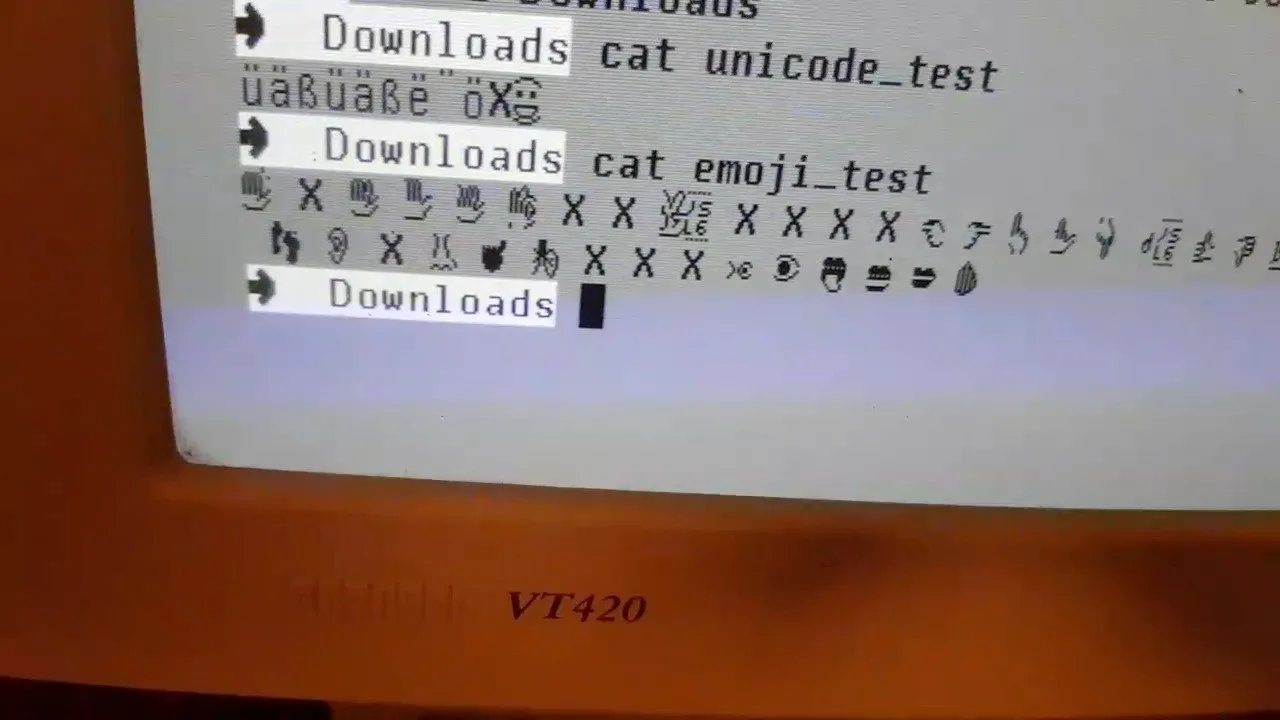Realtime Spheretracing
Inspired by Inigo Quilez , I've created a special kind of ray tracer running on the GPU. I've ported it to VR in the past, and this is a quick and dirty port to WebGL. The novel thing about my implementation was creating an LOD operator which can remove high frequency surface detail (fractals have a lot) in the distance while preserving the signed distance properties which are important for rendering.
Try moving the LOD slider and see how bad the aliasing becomes. You cannot really combat this aliasing through classic multisampling techniques since there is so much detail you would have to take hundreds of samples.
If you want to learn more about it, you can read my old essay (German, sorry!). More realistically you can check out my sources, although my mathematical proof for the LOD operator should also be understandable by an English audience. I might also write a more thorough blog post about it in the future. There are still a lot of loose ends: Currently the LOD operator decrease in detail is linear in relation to the distance, but actual visible surface area behaves quadratically (perspective). Also, I've only proved that the operator works when applied to SDFs, but did not prove it also works when it is applied to SDBs which are a common result of SDF operators (you can see the difference between them here).
Demo:
Since this is an interactive WebGL demo, this does not work without JavaScript, sorry.
